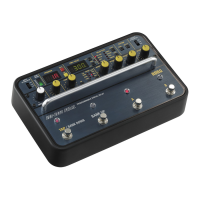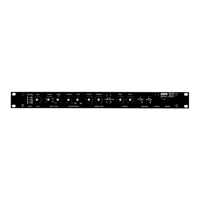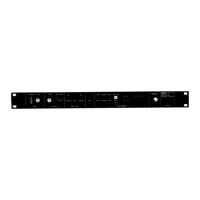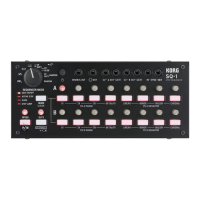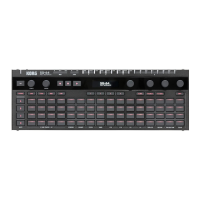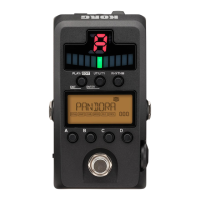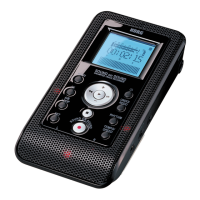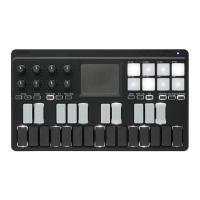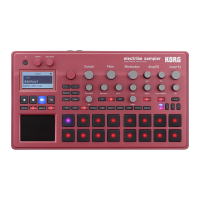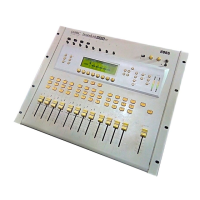WHAT IS A DIGITAL
DELAY
A digital delay is basically a device that uses digital technology to store an audio signal for a variable length of time,
play it back and combine it in various ways with the original signal. It's sort of like a tape recorder, and in fact many of
the most popular effects such as flanging, doubling and echo were originally done using tape recorders.
However, tape recorders present a lot of mechanical and signal degradation problems when used for effects, any they
also cannot provide the kind of precise, repeatable control that is needed for best results. Analog delays were invented
in order to simu late tape recorder effects with better control in a smaller package. However, noise, distortion, and high
frequency response are all problems with analog delays, and long delay times with decent sound quality are next to
impossible, Digital delays can provide excellent fidelity at any delay time (although not all do), with even better control
and flexibility.
A simple delay line by itself isn't very interesting - it may not even be audible. What makes it interesting is the way in
which the delayed signal is combined or mixed with itself and with the original signal, and the manner by which the
amount of time delay is varied. It's the variation and recombination of the different signals that produces such effects as
flanging. doubling, echo and Doppler shifting. Before we can consider that, however, we need to discuss a little bit
about how the basic delay works.
? Lights, Camera, Action
A delay line works very much like a movie camera & projector. First, the camera takes a series of 'snapshots' of
something in motion. The snapshots are stored on a continuous piece of film, one after the other. Each individual
snapshot is a frozen image in which nothing moves, but when the series of 'snapshots' are played back or 'projected' in
order and at the proper speed, the original image in motion is recreated.
Delay lines take snapshots or 'samples' of sound. Each sample is a measurement of exactly what the signal was doing at
the particular point in time when the sample is taken. By itself, a sample doesn’t mean much; it has to be combined with
a lot of other samples in order for anything like a recognizable sound to be produced.
With a movie camera, the image is photographed or 'sampled' only 24 times a second. This is enough to provide a good
illusion of movement, and prevent blurring, since objects that we can see don't generally move across our field of vision
any faster than that. However, people with good ears can hear things that change up to 20,000 times per second - and
this means that a time delay has to work pretty fast in order to reproduce sounds with good fidelity (no 'blurring'). If the
unit doesn't take samples often enough, it's impossible to get good high frequency response. This is because the higher
frequencies (which change the most quickly) are the ones which become 'blurred' or distorted. It turns out that the
'sampling rate' - the frequency at which samples are taken - must be at least twice as high as the highest frequency you
want to reproduce, and three times higher (or more) is better.
In fact, low pass filters at the input and output of the delay line are required in order to prevent frequencies that are
above the high frequency 'limit' of the system from going into the delay line or coming Out of it. Without these filters, a
very noticeable form of distortion will result from excessively high audio input frequencies, or from internal 'sampling
rate' clock frequencies leaking into the audio signal.
? Getting Good Highs
Good high frequency response 5 difficult to get, partly because the circuitry must work faster, and partly because a very
big memory is needed to store the enormous number of samples that good highs require. Early delay units had
responses that were limited to only 6 - 8 kHz for relatively short delay times. Moreover, if you needed a longer delay
time, the frequency response often dropped as low as 1 or 2 kHz! This was because the same amount of memory was
used for both long and short delays, by simply changing the sampling rate.
For example if you have only 1,000 pieces of memory, or 'words', where samples can be saved, then you can get a delay
of about 1/6 of a second (160 milliseconds) with a 2 kHz response and 6 kHz sample rate, or a delay of 1/24 (42
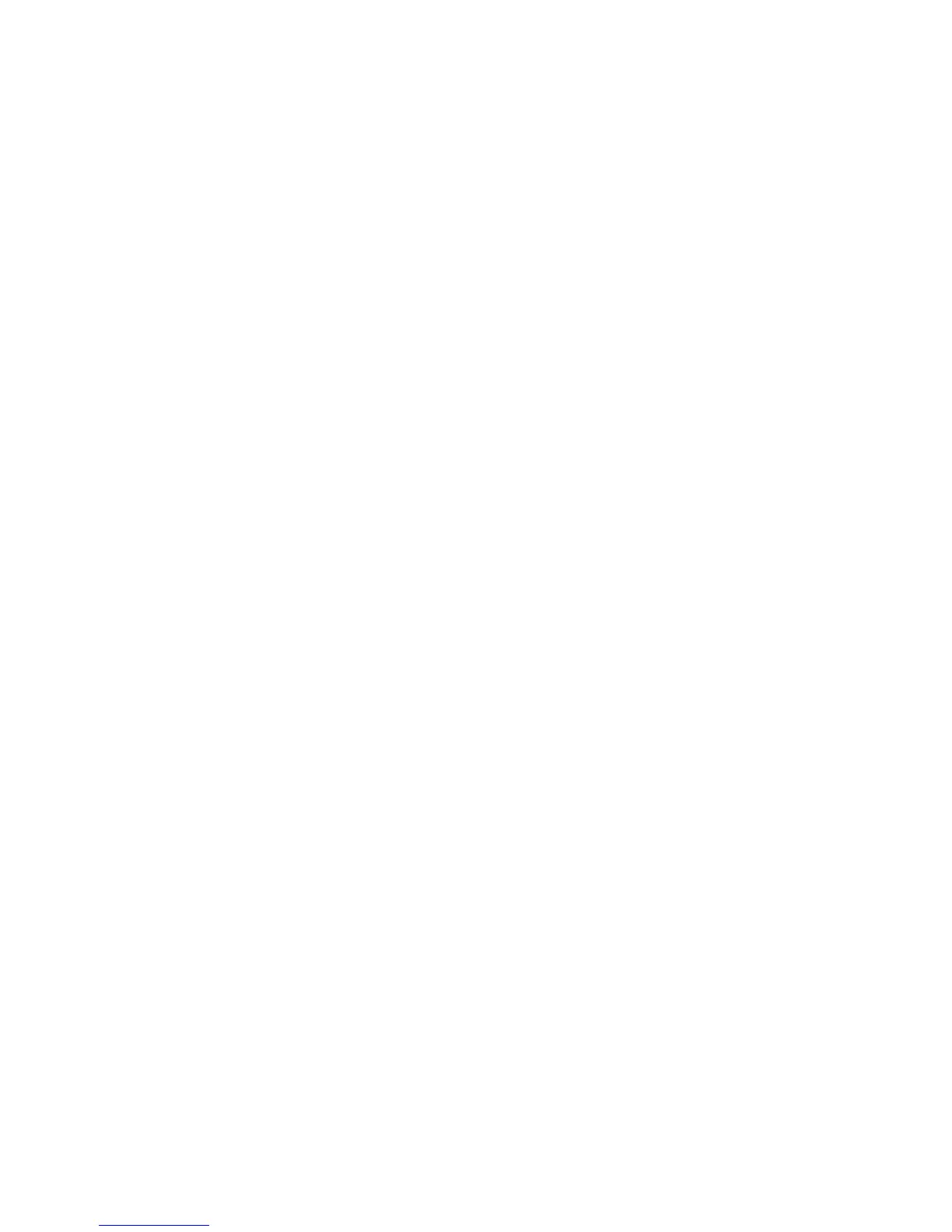